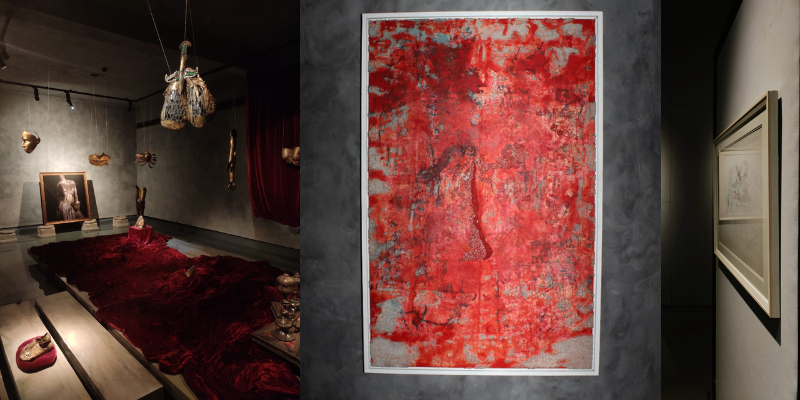Digital Curation of art galleries and museums is an emerging concept more so in the West than in India. However, several are now venturing into this field and bringing it back home to revolutionise and contemporaries the field of curation and gallery designing.
To understand what the concept of digital curation is and what a curator actually does, we spoke to Ms. Ananya Dobhal, a Digital Curator at The Dragon Year Art Gallery, in Hong Kong. Our conversation with Dobhal not only gave us an insight into the world of curating galleries but also acquainted us with the lives of curators.
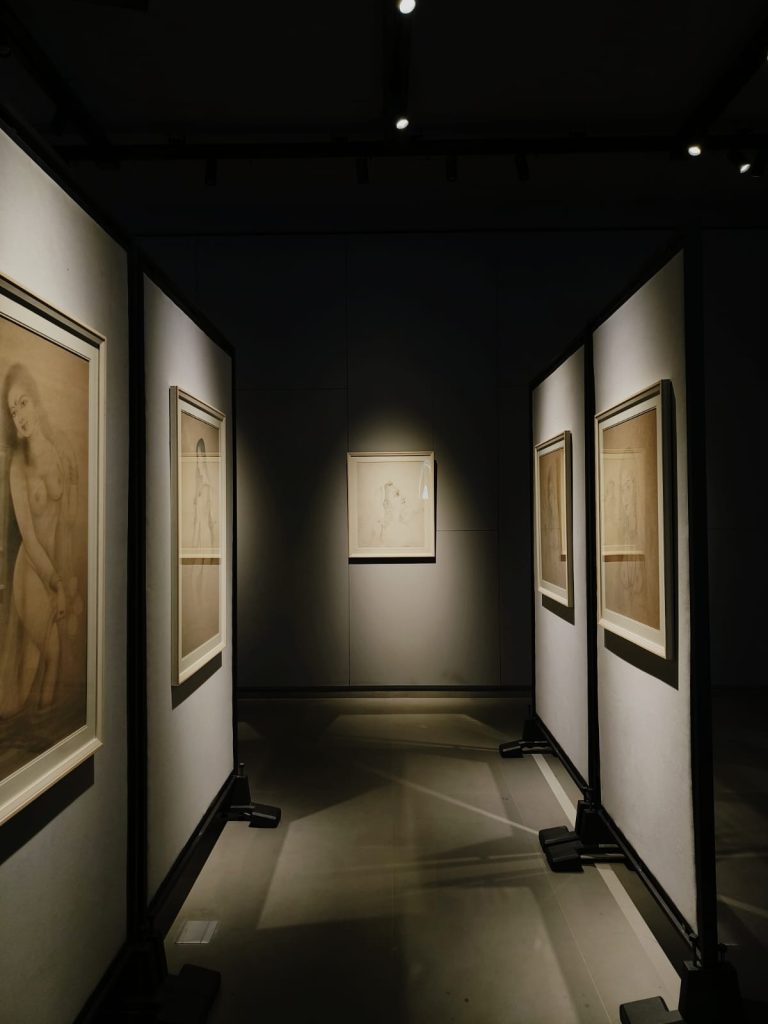
Read on!
Sanjana Chawla: What is the role of a digital curator in an art gallery or exhibition and what does the work entail?
Ananya Dobhal: While curating for an art gallery and a museum may differ in context, the role of the curator remains consistent. Their primary objective is to create compelling narratives and foster meaningful connections between art, artists, and the audience. This involves exhibition design, interpreting art, conducting research, managing collections, and preserving artwork. Curating is essentially an art of storytelling, where curators strive to execute the artist’s vision as accurately as possible by providing a narrative and weaving together the exhibition through their creative vision. Curators serve as the bridge between art and its viewers, employing their expertise to curate a cohesive and impactful experience.
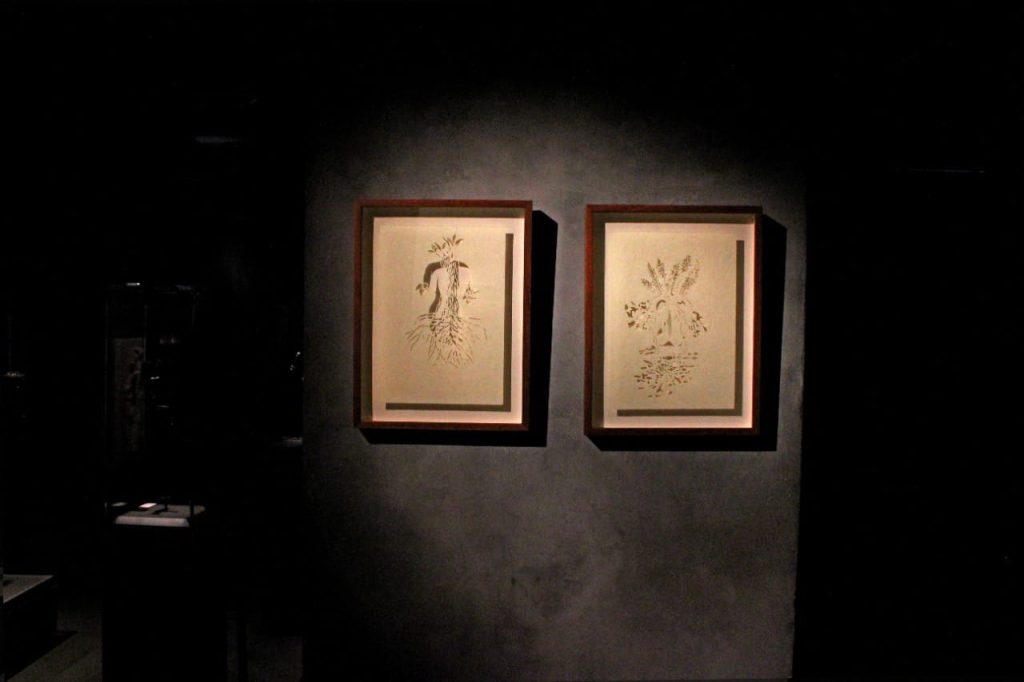
Sanjana: What does a curator handle and what does a typical day in your life look like?
Ananya: The role of a curator in an art gallery is similar to that of a manager, as they are responsible for overseeing all aspects of the gallery’s operations. While no two days are alike, there are certain recurring tasks and busy periods in the field.
One of the busiest times for us is typically around one month before an exhibition. During this phase, we immerse ourselves in exhibition design, crafting a narrative, arranging and hanging artworks, and initiating marketing efforts. We need to plan opening nights, liaison closely with artists and other collaborators, and develop interpretive materials to engage the audience.
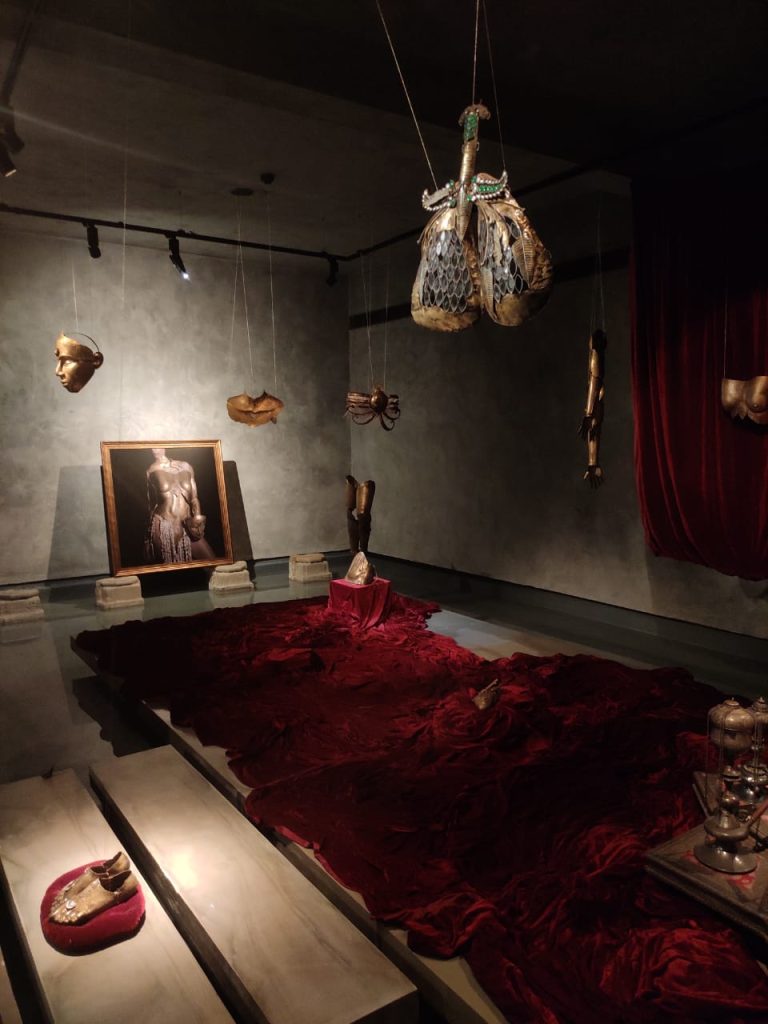
Once an exhibition is live, the general course is to shift the focus towards organizing outreach initiatives. These may include curatorial walks, workshops, and other immersive events. At a personal level and in tune with the organization, we also engage in scholarly activities, contribute to publications, present research, and participate in professional networks.
For long-term collections, we dedicate time to inventory management, documentation, preventative conservation and research to understand the historical and cultural significance of each artwork.
Sanjana: How different is your work from an artist and what steps are involved while designing an exhibit?
Ananya: The curator serves as a bridge between the artist’s creations and the audience, selecting and presenting artworks to the world. While the artist is the creator, the curator acts as an interpreter and presenter of art.
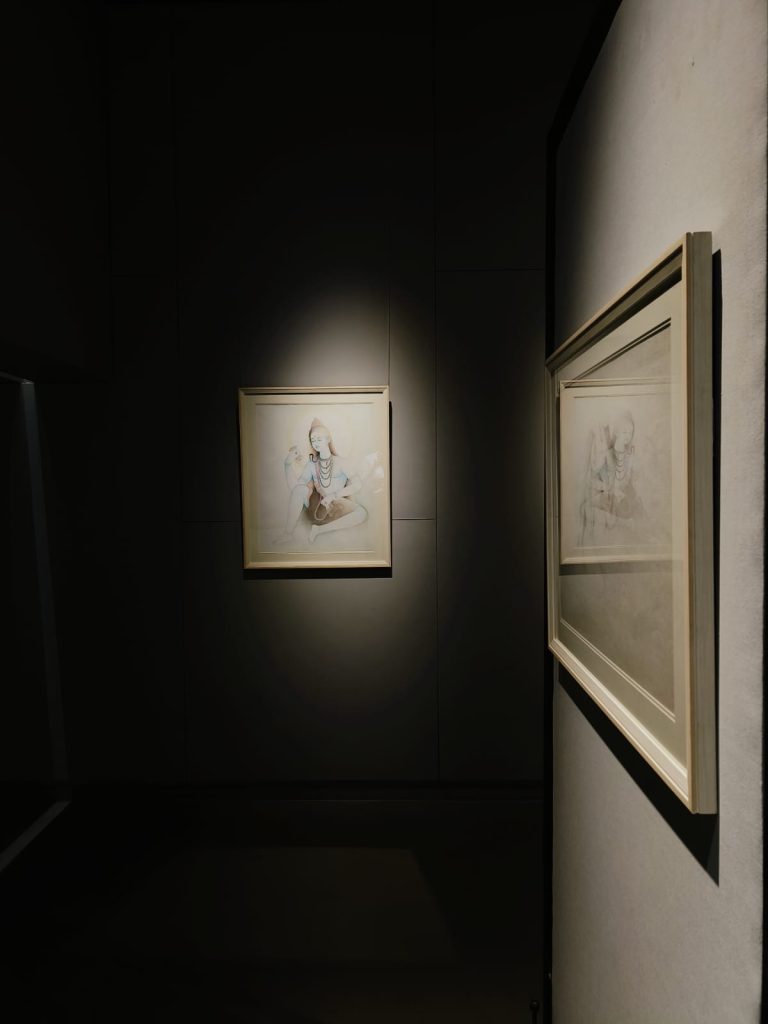
The specific process of exhibition designing varies depending on the exhibition’s theme, size, and available resources, but the general steps involved are:
- Considering the goal of the exhibition, in essence, the narrative and the final outcome that we want to achieve through the exhibition, keeping in mind the target audience.
- Selecting artworks that align with the goal and concept of the exhibition, followed by the paperwork to either acquire or temporarily exhibit the work.
- The third step is making a floor plan and layout. In this step, we decide on the visitor trajectory, artwork placement, special requirements and if any interactive elements are to be placed.
- The lighting of an exhibition plays a crucial role in establishing its ambience and mood. Accurate lighting angles are essential to prevent unwanted reflections on the artwork. Balancing aesthetic appeal with the preservation and conservation of the paintings is of utmost importance to prevent fading and discolouration caused by overexposure.
- Gathering visitor feedback at the end is crucial in assessing the exhibition’s success in effectively conveying its intended message.
- What are the elements which make or distinguish one exhibition/gallery from the other?
Crucially, every gallery or exhibition has its own specific aim and objective, often guided by a mission statement. The appeal of a gallery that showcases vintage artwork from a specific region will inherently differ from one that exhibits avant-garde art. Along with this fundamental distinction, other factors such as curatorial concept, artwork selection, display design, lighting, ambience, and architectural elements all contribute to setting each gallery apart from others in a unique way.
Sanjana: What role does a curator have in making a gallery unique or stand out?
Ananya: As I mentioned earlier, the curator assumes responsibility for overseeing all aspects of a gallery’s day-to-day operations. They are involved in shaping the gallery’s concept, vision, curation, interpretation, design, and collaborations, including special projects. The curator plans outreach efforts and organizes events that align with the gallery’s mission statement, thereby setting the course for its exhibitions. The unique direction and character of the gallery, as well as specific exhibitions, are driven by the curator’s creativity and visionary approach.
Sanjana: From step one to last — what all goes behind when you have to set up for an artist?
Ananya: Here’s an overview of the process:
- We start by thoroughly understanding the artist’s vision, style, and artistic goals. This involves studying their artworks, engaging in discussions, and developing a clear understanding of their intentions.
- We work collaboratively with the artist to develop a concept for the exhibition or display. This includes deciding on themes, narratives, or any specific messages the artist wants to convey. As an example, for a particular exhibition, our decision was to present key points from the conversation between the artist and the curatorial team instead of using traditional wall text. This approach aimed to provide viewers with insights into the direction and concept of the exhibition. By utilizing the artist’s own words, we sought to offer a more personal and intimate connection between the artist’s vision and the audience. This innovative approach to presenting information allowed for a unique and immersive experience, inviting viewers to engage directly with the artist’s perspective and gain a deeper understanding of the exhibition’s direction.
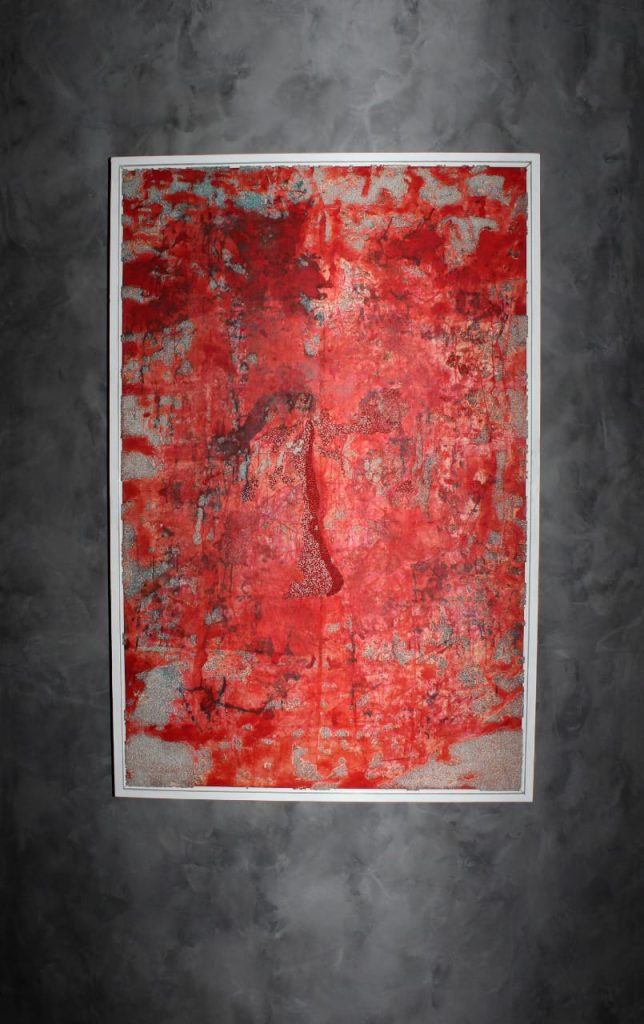
Glimpses from Vita Nova- an exhibition of 6 artists curated by Myna Mukherjee
- Curating and selecting the artworks that best represent the artist’s vision and align with the exhibition concept. We consider factors such as artistic quality, relevance to the theme, and the desired impact on the audience.
- Next step is designing the layout and arrangement of the artworks within the exhibition space. Considering factors such as flow, visual impact, and the relationship between individual artworks.
- We need to coordinate logistics, such as artwork transportation, insurance, and necessary permits
- Once the display is done, the curatorial team develops interpretive materials, such as labels, audio guides, or multimedia presentations, to provide context
- Once the technical part is over, the marketing efforts for the exhibition begin. This includes press releases, social media campaigns, and collaborations with media outlets or art organizations.
- Every exhibition needs an opening event to celebrate the artist and their exhibition. This includes artist talks, curatorial walks, panel discussions, or performances that further engage the audience and provide insights into the artist’s work.
Sanjana: How do you ensure that your design stands out from other curators or exhibits?
Ananya: While curating an exhibition, my focus is not on standing out from other galleries or exhibits, but rather on honouring the artist’s practice and artworks. My aim is to maintain authenticity and closely align the curation with the artist’s style and vision. Since each artist’s style is distinctive, it naturally leads to exciting and different outcomes with every exhibition. I enjoy exploring distinctive curatorial concepts that are thought provoking and try to select artworks that offer fresh views of the world. Additionally, I value understanding the visitors’ perspective and strive to design the display in an immersive manner. I firmly believe that each curator possesses a unique style in approaching an exhibition, driven by the inherent uniqueness of the art that surrounds them.
Contributor

